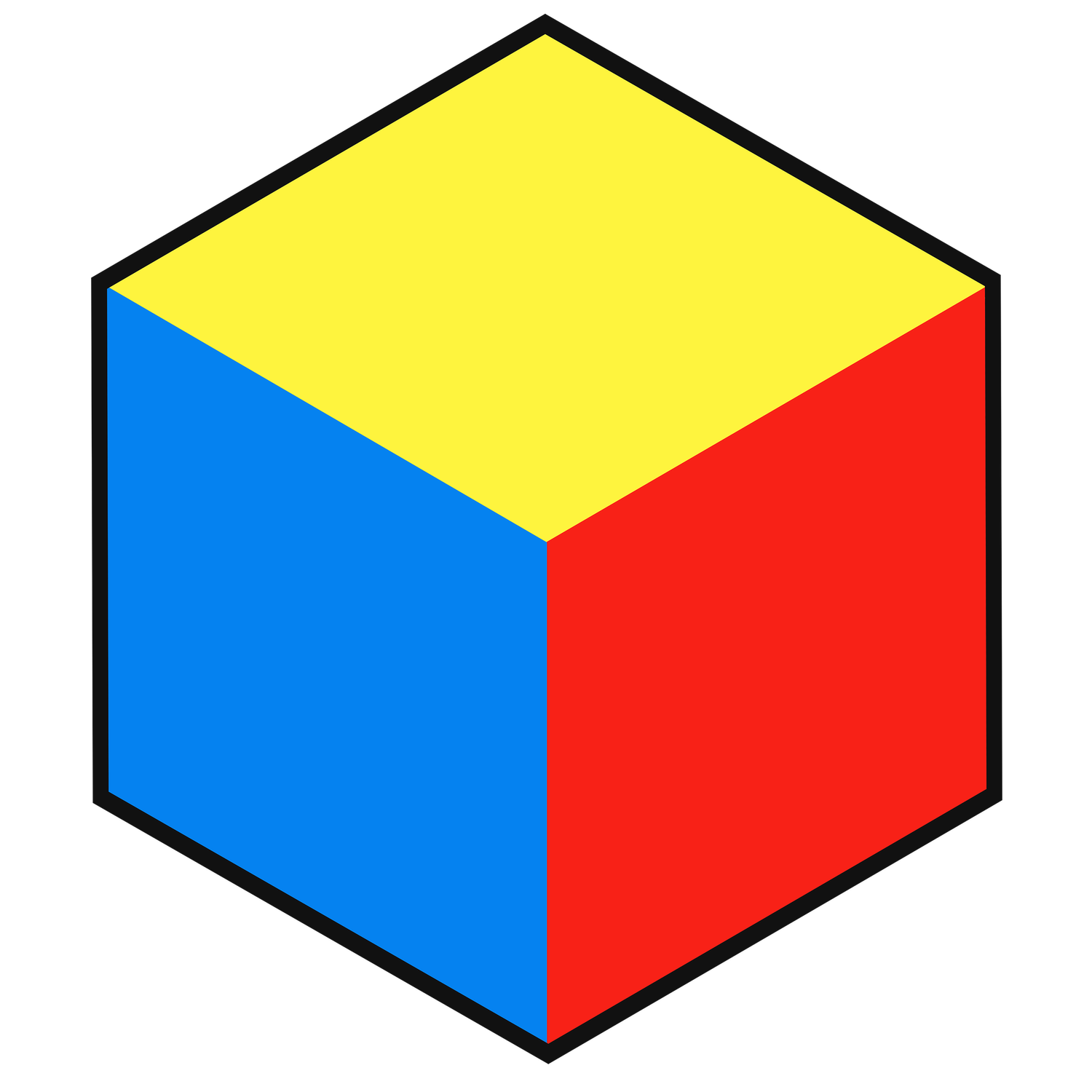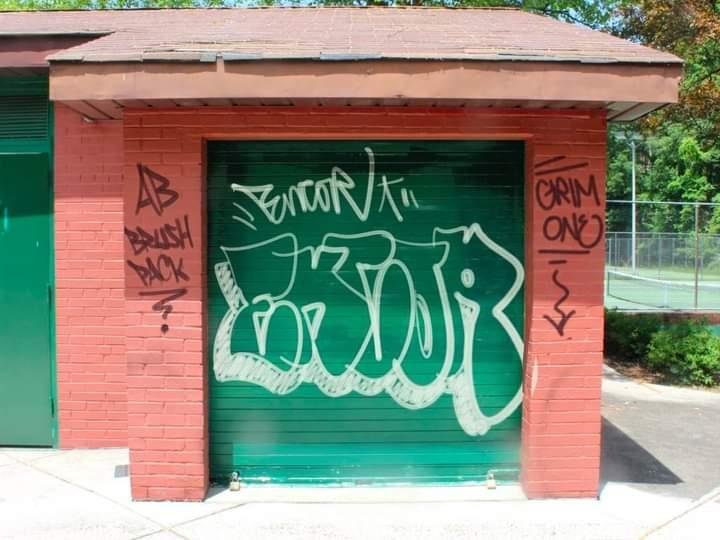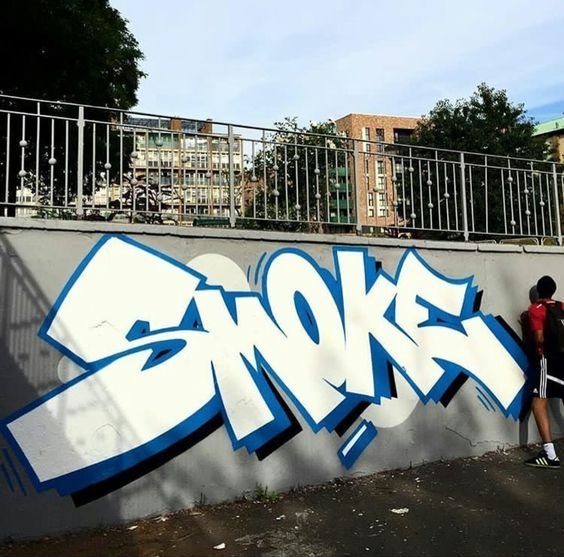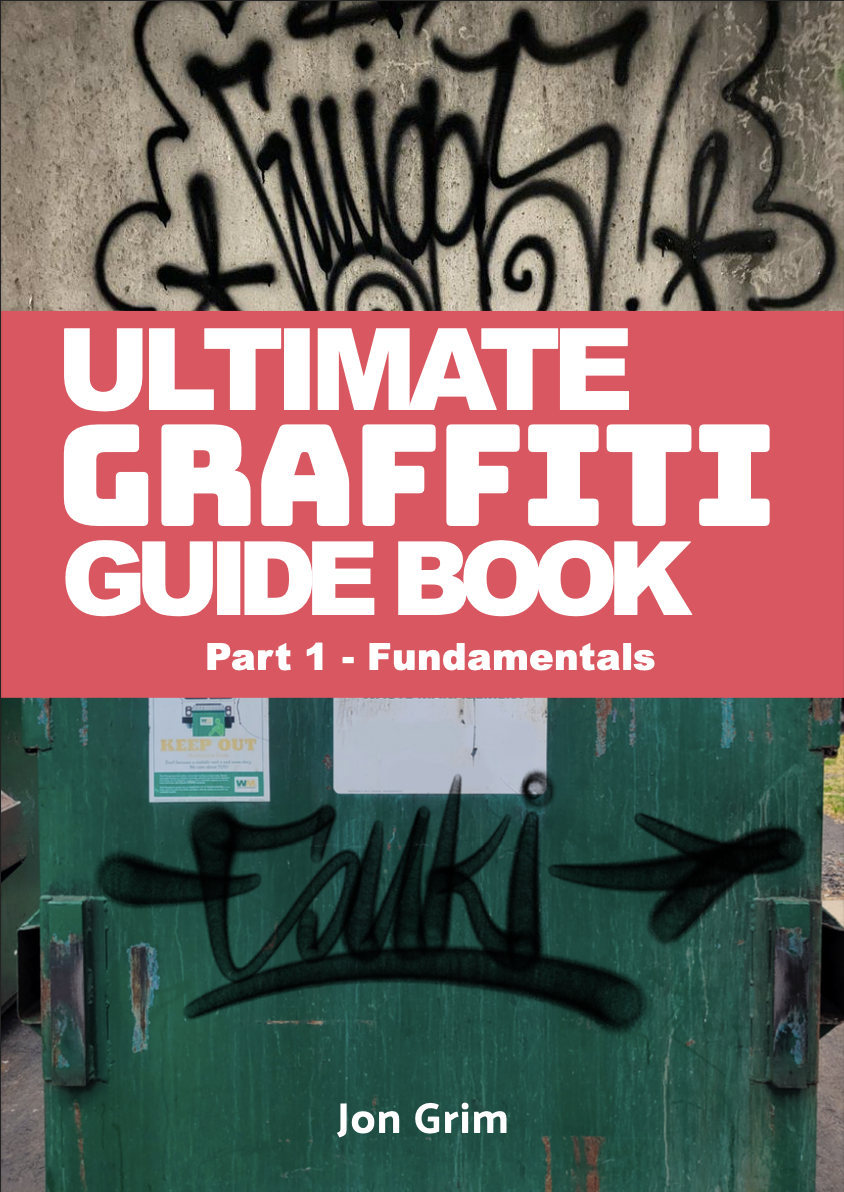What is the easiest graffiti style?
Graffiti artwork has three major forms that become more and more complex. While each of these follows the same fundamentals, each one uses the fundamentals a little differently and this is what differentiates them from one another. Let’s list each of them off for anyone just picking up the art form.
Tags/Handstyles: Graffiti artist’s signature
Throwies/Throwups: Larger thicker letters with little to no negative space. Those who don’t do graffiti might know these as Bubble Letters.
Pieces: Large letters with defined structures.
Tags/Handstyles
Tags are by far the most simple form of graffiti, and these can range from basic print font all the way to more stylized tags. Even though this is the most simple form of graffiti, it’s not only the most important but it’s also the form of graffiti most graffiti artists don’t spend the time to learn. What makes tags so important is that they make up the foundation for all other forms of graffiti. This means whatever you learn, or don’t learn in tags will affect your theories and pieces. It also means that all of graffiti’s fundamentals are easier to learn when studying them through tags. We recently spoke about taking your very first steps to practice graffiti, check that out here. We also have a full playlist on youtube dedicated to teaching you how to practice tags and you can find that graffiti tutorial here.
Throwies
Next up we have throwies, and these are the fatter larger letters you’ve likely seen around any cities near you. The whole purpose of these is geared to get your name up on a wall in a fast and easy way, but also to make it large enough for people to see at a distance. To make this happen, the letters took on a rounded structure that lessens letter structure but also makes the letters faster to do. Not only that, the rounded nature of letters allowed them to squeeze in close to one another, diminishing or eliminating negative space from our letters. This lack of negative space meant artists didn’t have to spend time drawing the closed and open counters of many letters, instead, they could just suggest those areas with a simple line.
Pieces
Lastly, we have pieces, and pieces are the most advanced form of graffiti. These, just like throwies, are larger, thicker letters, but instead of prioritizing speed and lack of structure, these prioritized structures. Since we need more structure in these letters, our shapes take on more straight, angular forms that allow for more negative space such as closed counters and open counters. That isn’t to say you can’t have very rounded pieces, you certainly can, but even these would have more structure than throwies since we allow for more positive and negative space in our pieces.
What’s interesting about pieces in this category is also split into their own categories. So within pieces, we have 3 different subcategories of pieces.
Straight Letters: The simplest form of pieces consisting of letters that remain in their base structures without distortions.
Pieces (Subcategory): Letters that allow for distortions yet remain legible. This subcategory also remains under a certain style threshold limit.
Wild Style: The most complex form of pieces that has no style threshold limit. Though the letter structures are still intact, and present, the letters are made difficult to read due to stylistic additions.
Straight letters despite the name, do not have to be straight, they can have bends and curves. These letters remain in what is known as their “base structure”. Base structures are the letters before adding any extensions or distortions to the letter. Once you add any of these two things the letter is likely going to become a piece (subcategory) at that point. Straight letters are by far the best method of piecing to learn the basics. In fact, it would be accurate to say that anyone who doesn’t know the basics won’t be able to do anything higher than a straight letter.
This brings us over to pieces (subcategory) and these are one step higher than straight letters. What makes them more advanced is their ability to add larger extensions and distort their structures. Keep in mind, even with distortions, the letter is still readable and intact. To give an example of this, if we have a 3 line/box R, but we bend the stem (the straight left side) so that that one line is now two lines, that would be a distortion.
Now wild styles are where you’ll find the most advanced graffiti. This category has no limit to the amount of style that can be added, the only requirement is that the letter structure is intact and actually exists. Many intermediate graffiti artists who attempt wild styles forget this fact and oftentimes destroy a letter, or the whole name while adding style. To successfully pull these off, you need a firm understanding of all of graffiti’s fundamentals, otherwise, you’ll end up destroying the letters along with the other fundamentals. If you want to begin learning those fundamentals, check out our e-book that teaches the basics of pieces, along with a few extra techniques in our online graffiti store.
How to Do Wild Style Graffiti?
The next question people inevitably look up is “ How to do wild style graffiti”. The truth is there’s no shortcut to do wild style, you have to, and i mean you absolutely NEED to learn the basics first. When you’re doing a wild style, all you’re really doing is taking the basics and layering basic concepts on top of one another multiple times over, that’s it. If you don’t know these basic concepts then you cant perform wild styles. There are lots of other sites, and youtube videos that will attempt to “teach you” how to do wild styles, but notice most of these places don’t provide any fundamentals, and when they do, the fundamentals are factually incorrect. Wildstyles are the most advanced form of graffiti, and if anyone could do one with very little practice, or by following some poorly done tutorial then wild styles wouldn’t be advanced. Let me give you a list of different fundamentals you’ll have to study so you can begin your journey toward wild styles.
Elements of art
(Google this, this topic is responsible for most of an artist’s knowledge, skill, and progress no matter the art form)
Line
Tutorial 3 - I can’t recommend Proko’s videos enough, possibly one of, if not the best places to go for tutorials about fundamentals.
Shape
Tutorial 1 - This tutorial teaches both shapes and forms. Shapes and forms are often parts of the same conversation since shapes make forms.
Form
Tutorial 1- Yet again another art channel that really is just amazing for tutorials. One of the best places to go for fundamental information.
Tutorial 3 - This last one is a playlist of super helpful fundamental information, the first video is about forms.
Value
Tutorial 1- This kinda goes alongside forms since we often use value to establish forms.
Space
Color
Tutorial 2- Yet again another one of those channels that has one of the best places for fundamental lessons.
Texture
Artform Specific Fundamentals
I have to warn you, graffiti has a huge misinformation problem, where just about every site, forum, and tutorial is riddled with misinformation for the artform-specific fundamentals. This is why I made sure to not link any graffiti tutorials from graffiti artists for the elements of art section. This is because graffiti is a relatively new art form, and in the beginning, artists focused more on the cultural side of graffiti rather than the science of the art. Sure some fundamentals such as letter structure became established but not much else. No matter where you get your information from (even here) fact check ALL OF IT. Over 20 years of teaching art/graffiti, I’ve established the rest of the fundamentals for graffiti and i’ve made tons of tutorials on my channel that break down each of these topics.
Technique
When talking about technique we really have two different kinds of technique, one that refers to the tool and effect (pencil/blending, or spray paint blending) and the other that refers to how we go about performing this (Cross hatching, angling cans to fade) This topic will change depending on what medium you use. For example, pencils will have different techniques that spray paint won’t have. I recommend looking up techniques specifically for and relevant to your tool. Some techniques such as blending, are common throughout different mediums, but they have different executions, and different techniques to perform them. While blending exists for pencil and spray paint, you’ll have to use different techniques to perform the blend. Pencils might have you cross hatch, while spray paint would have you fade one color by angling the can.
Summary
So to sum this all up, the simplest form of graffiti is tags, also known as hand styles. The simplest form of piece is straight letters. To get better at graffiti, you’ll have to learn the fundamentals and how they apply to each of the 3 forms of graffiti, starting with tags.












